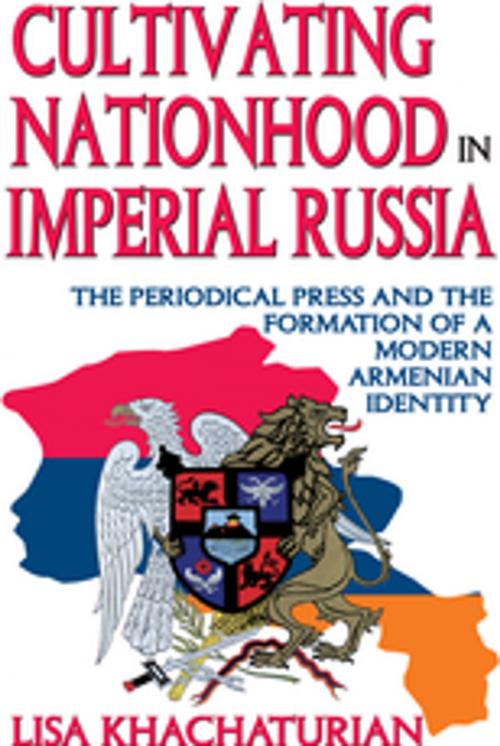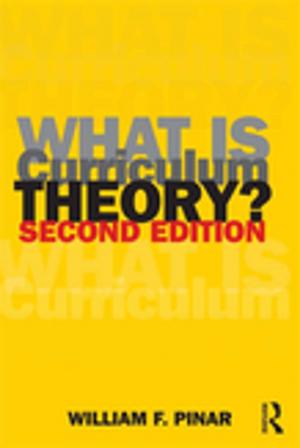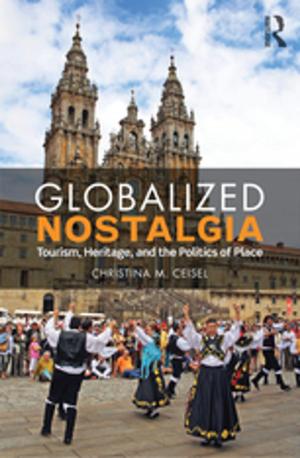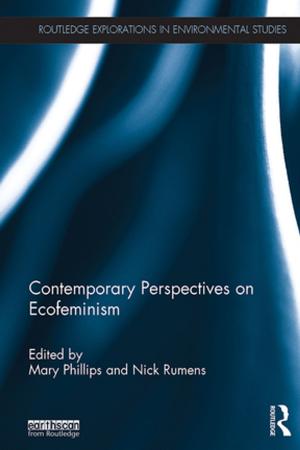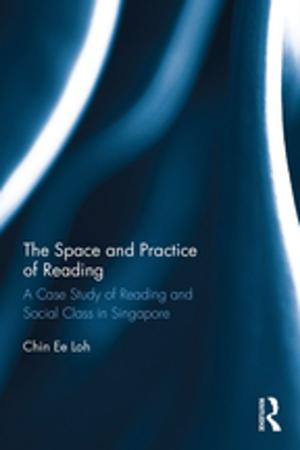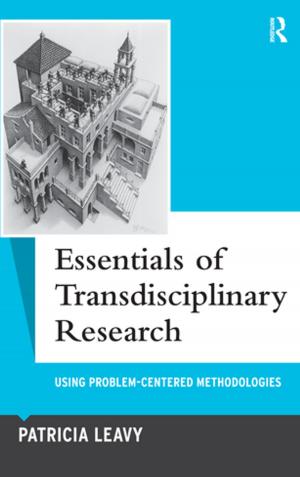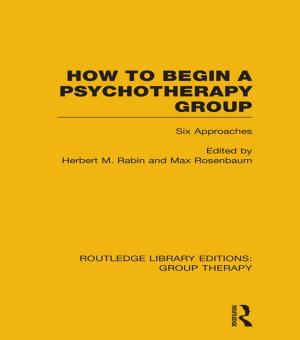Cultivating Nationhood in Imperial Russia
The Periodical Press and the Formation of a Modern Armenian Identity
Nonfiction, Social & Cultural Studies, Political Science, History| Author: | ISBN: | 9781351524674 | |
| Publisher: | Taylor and Francis | Publication: | February 6, 2018 |
| Imprint: | Routledge | Language: | English |
| Author: | |
| ISBN: | 9781351524674 |
| Publisher: | Taylor and Francis |
| Publication: | February 6, 2018 |
| Imprint: | Routledge |
| Language: | English |
Nineteenth-century Armenia was a zone of competition between the Persian, Ottoman, and the Russian Empires. Yet over the course of the century a new generation of Armenian journalists, scholars, and writers worked to transform their geographically, socially, and linguistically fragmented communities threatened by regional isolation and dissent, into a patriotic and nationally conscious population. Lisa Khachaturian seeks to explain how this profoundly divided society managed to achieve a common cultural bond.The national project that captivated nineteenth-century Eastern Armenian intellectuals was a daunting task, especially since their efforts were directed in the Caucasus--a territory known for its volatile history, its ethnic heterogeneity, and its linguistic complexity. Although this cultural and social maelstrom was both aggravated and tempered by the new Russian arena of economic growth, urban development, and heightened technology and communication, diversity was hardly a recent phenomenon in the region; it had been an endemic part of Caucasian history for centuries. Armenians were no exception to this. While the Georgians, bound to their landed nobility, generally lived within kingdoms, the Armenians experienced centuries of forced resettlement, migration, and centuries of habitation among other peoples. Some Armenians had settled in faraway countries, but many remained in scattered colonies within the boundaries of historic Armenia.This is a study of the formation of modern Armenian national consciousness under Imperial Russian rule. The Tsarist acquisition of Armenian-populated territory and consequent efforts to integrate this territory into the empire imposed sufficient unity to provide a basis for a nascent national movement. The particular influences of Russian imperial rule met the Eastern Armenian communities to create a new environment for a modern national revival. This book reviews how nineteenth-century Armenian intellectuals discussed and conceived of the nation through the formation of the Armenian press. This is a rare blend of national culture and communication networking.
Nineteenth-century Armenia was a zone of competition between the Persian, Ottoman, and the Russian Empires. Yet over the course of the century a new generation of Armenian journalists, scholars, and writers worked to transform their geographically, socially, and linguistically fragmented communities threatened by regional isolation and dissent, into a patriotic and nationally conscious population. Lisa Khachaturian seeks to explain how this profoundly divided society managed to achieve a common cultural bond.The national project that captivated nineteenth-century Eastern Armenian intellectuals was a daunting task, especially since their efforts were directed in the Caucasus--a territory known for its volatile history, its ethnic heterogeneity, and its linguistic complexity. Although this cultural and social maelstrom was both aggravated and tempered by the new Russian arena of economic growth, urban development, and heightened technology and communication, diversity was hardly a recent phenomenon in the region; it had been an endemic part of Caucasian history for centuries. Armenians were no exception to this. While the Georgians, bound to their landed nobility, generally lived within kingdoms, the Armenians experienced centuries of forced resettlement, migration, and centuries of habitation among other peoples. Some Armenians had settled in faraway countries, but many remained in scattered colonies within the boundaries of historic Armenia.This is a study of the formation of modern Armenian national consciousness under Imperial Russian rule. The Tsarist acquisition of Armenian-populated territory and consequent efforts to integrate this territory into the empire imposed sufficient unity to provide a basis for a nascent national movement. The particular influences of Russian imperial rule met the Eastern Armenian communities to create a new environment for a modern national revival. This book reviews how nineteenth-century Armenian intellectuals discussed and conceived of the nation through the formation of the Armenian press. This is a rare blend of national culture and communication networking.
